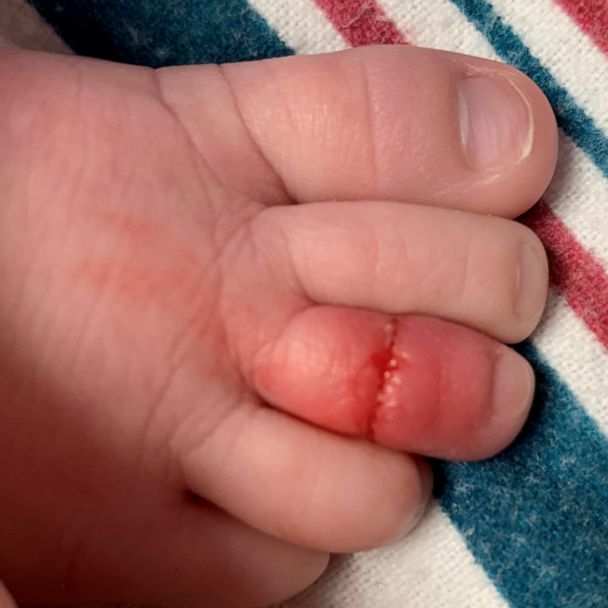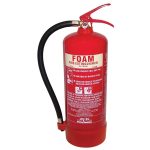Introduction: What is a Hair Tourniquet?
A hair tourniquet occurs when strands of hair become tightly wrapped around a body part, typically a finger or toe. This can cause pain, swelling, and in severe cases, loss of blood circulation. While this injury is rare, it can present serious complications if not addressed promptly. Understanding the nature of hair tourniquets, the risk factors involved, and effective treatment options is essential for both prevention and management. This article will explore these aspects in detail, equipping you with the knowledge to identify and respond to this unusual condition.
Causes and Risk Factors
How Hair Tourniquets Occur
Hair tourniquets usually happen when hair strands become entangled around a digit, often during play or physical activity. This can occur in infants and toddlers who are more susceptible due to their exploratory nature. Small hair accessories or loose hair can easily wrap around fingers or toes while children crawl or play.
Another common scenario involves adults, particularly those with long hair. Hair can unintentionally wrap around fingers, especially during activities like gardening, exercising, or performing household chores. Understanding these situations helps in recognizing how hair tourniquets can happen and indicates the importance of being mindful.
Vulnerable Populations
Certain populations are more vulnerable to hair tourniquets, especially young children. Their curiosity and active play can lead to hair getting caught around their small digits. Additionally, individuals with long hair are more prone to this type of injury, regardless of age.
It’s also worth noting that some medical conditions can increase susceptibility. Patients with reduced sensation in their extremities, whether due to diabetes, nerve damage, or other conditions, may not realize when hair wraps around a finger or toe. Being aware of these heightened risk factors can prompt more careful monitoring in vulnerable groups.
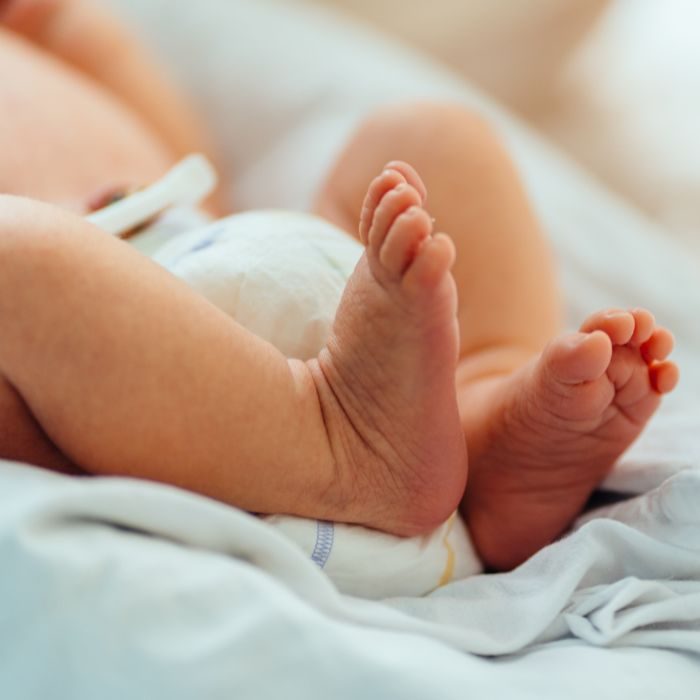
Symptoms and Recognizing a Hair Tourniquet
Common Symptoms
Recognizing a hair tourniquet involves looking for specific symptoms. The most noticeable sign is pain in the affected area, often accompanied by swelling or redness. The skin may appear tight around the hair tourniquet, which further indicates the need for immediate attention.
As the condition worsens, changes in color may occur. The digit can turn white or blue, indicating a lack of blood flow. In severe cases, numbness or tingling might also be experienced. Being aware of these symptoms allows for quicker identification and intervention, reducing the risk of permanent damage.
The Importance of Early Detection
Early detection of a hair tourniquet is essential to avoid complications. If caught early, gently removing the hair can often resolve the issue without further problems. Delayed treatment can lead to additional complications, such as skin breakdown, infections, or even the loss of the digit in extreme cases.
Parents and caregivers should be vigilant, especially with young children. Regularly checking for any unusual swelling, discoloration, or signs of distress can help catch hair tourniquets before they escalate. Understanding the importance of early identification can save suffering and long-term consequences.
Treatment Options
Immediate Interventions
If you suspect a hair tourniquet, addressing it immediately is crucial. Begin by calmly assessing the situation. If the hair is easily identifiable, you can attempt to unwind it gently. Be careful not to pull or yank, as this can exacerbate the situation.
In cases where you cannot safely remove the hair, applying a lubricant such as mineral oil can help loosen it. If the injury appears severe or if you’re unsure how to proceed, seeking professional medical help is always advisable. Medical professionals have the tools and expertise necessary to handle more complicated scenarios safely.
Professional Medical Intervention
For severe cases, professional medical intervention may be needed. Doctors or specialists are trained to handle hair tourniquets safely, especially if there’s significant swelling, discoloration, or impaired blood flow. They may use surgical instruments to carefully cut away the hair without causing additional damage.
In instances of infection or tissue damage, further medical treatment may be required. This could include antibiotics or other therapies to promote healing. Professional support ensures that any complications are properly managed, reducing the risk of long-term consequences.
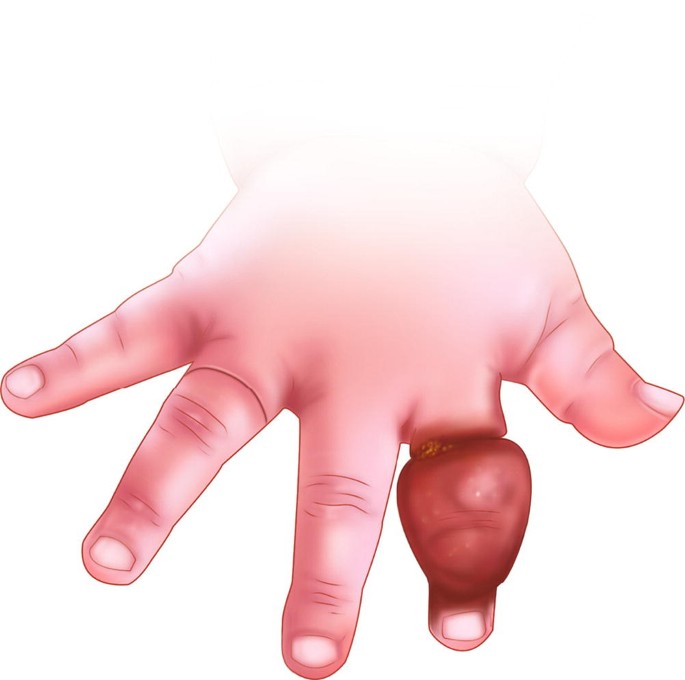
Prevention Strategies
Maintaining Safe Environments
To prevent hair tourniquets, it’s essential to create safe play environments for children. Remove small hair accessories and ensure that long hair is securely tied up during playtime. Educate older children about the risks of hair getting caught in activities and encourage them to be mindful.
For adults with long hair, securing hair in a tight bun or braid during potentially active scenarios can prevent accidents. Being proactive and aware of the surrounding environment can significantly reduce the chances of hair entanglement.
Regular Monitoring
Regularly monitoring vulnerable individuals can help identify potential hazards. Parents should frequently check their children’s fingers and toes after playtime to look for any signs of hair wrapping. This habit can catch issues before they become serious and ensure that children can play freely and safely.
Additionally, individuals with longer hair should remain vigilant about how their hair behaves during activities. Becoming conscious of how hair can easily catch on objects can lead to better awareness and prevention of hair tourniquets.
Dealing with Emotional Impact
Acknowledge the Stress
The experience of dealing with a hair tourniquet can be stressful for both the affected individual and caregivers. Whether it’s a child or an adult, the sudden onset of pain may cause panic or anxiety. Acknowledging these feelings is essential for managing the situation calmly.
Parents should reassure affected children and explain the steps being taken to resolve the issue. This emotional support can alleviate some of the anxiety and promote a sense of safety. Maintaining a calm demeanor can also help children remain composed during treatment.
Long-term Considerations
In cases where a hair tourniquet leads to permanent issues, individuals may need additional support. Following up after an incident, either emotionally or psychologically, can be beneficial. This support may include therapy resources or guidance for coping with any trauma.
Creating a supportive environment enables individuals to express their feelings and heal from the experience. The emotional impact of such incidents should not be overlooked, and addressing them is vital for overall well-being.
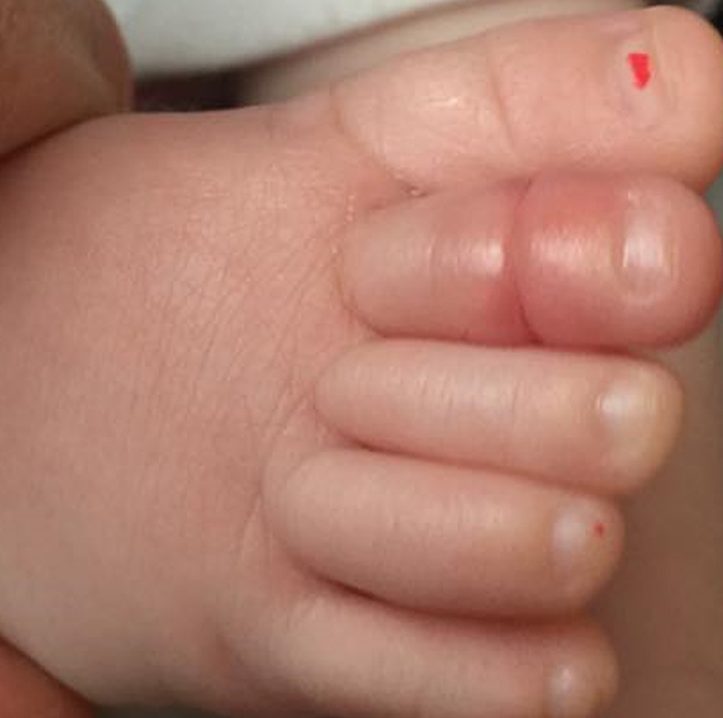
Community Awareness and Education
Promoting Awareness in Schools
Promoting awareness about hair tourniquets in schools and community settings can have a significant impact. Educators and caregivers should be informed about this unusual injury. Training sessions or informational workshops can equip them with the knowledge to recognize the symptoms and understand appropriate responses.
Involving parents in these educational efforts can further extend outreach. Schools can organize sessions where parents learn about the risks associated with hair entanglement, especially for young children. Distributing pamphlets or creating informative posters can serve as helpful reminders in classrooms and play areas. This community effort raises awareness and fosters a culture of safety surrounding children’s activities, thereby reducing the incidence of hair tourniquets.
Collaborating with Healthcare Providers
Collaborating with healthcare providers is another effective way to enhance awareness about hair tourniquets. Local clinics and hospitals can participate in community outreach programs that focus on educating families about this unusual injury. Regular health fairs can feature discussions on various injuries, including hair tourniquets, to ensure that parents and caregivers are well-informed.
Healthcare workers can provide resources such as informational brochures, tips for prevention, and guidance on when to seek medical help. By building a strong network between healthcare professionals and community members, the likelihood of recognizing and addressing hair tourniquets can improve significantly. This collaborative approach not only empowers families with knowledge but also reinforces the message of safety and vigilance in a child’s everyday play activities.
Conclusion: Understanding and Responding to Hair Tourniquets
In conclusion, hair tourniquets are unique injuries that, although rare, can have serious consequences if not promptly addressed. Understanding how they occur, recognizing symptoms, and knowing effective treatment options is vital for prevention and management. By fostering awareness, we can help protect vulnerable populations, especially young children and individuals with long hair.
Building safe environments, maintaining awareness, and promoting proactive measures can significantly reduce the risk of hair tourniquets. Also, emotional support plays a critical role in the recovery process. By keeping communication open and encouraging emotional healing, we can foster resilience in those affected.
Lastly, knowledge is power. The more informed we are about the risks, signs, and treatment options related to hair tourniquets, the better equipped we become to prevent and manage them. Together, we can ensure a safer and healthier environment for everyone.
